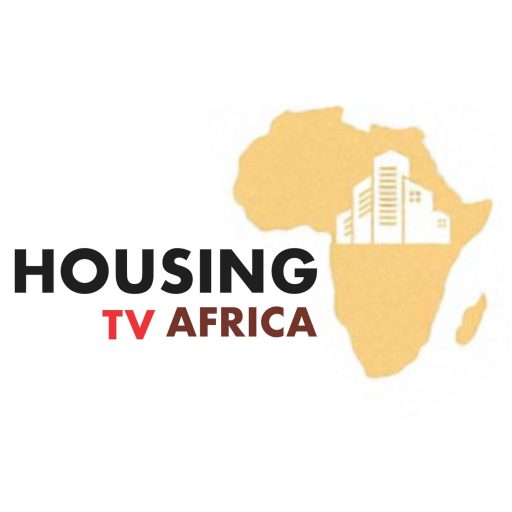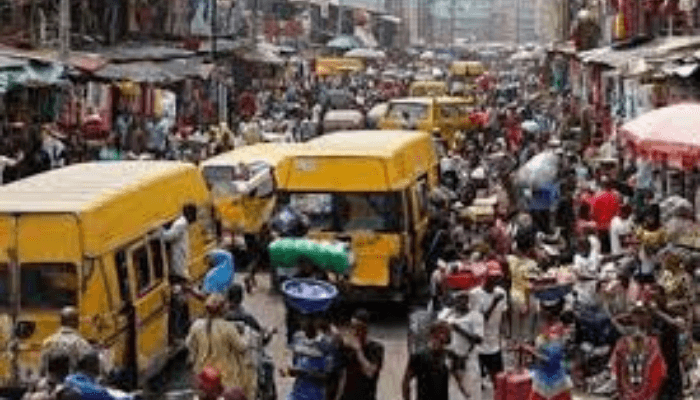Nigeria’s cost of living eased in September 2025 as headline inflation fell to 18.02%, with several states recording lower rates, according to the National Bureau of Statistics (NBS). The ranking is based on headline inflation, showing where prices of essential goods and services rose the least.
10. Jigawa – 16.3%
Inflation dropped from 23.1% to 16.3%, driven by government agricultural programmes like the Rice Millionaire Project and Special Agro-Processing Zones.
9. Akwa Ibom – 16.3%
Down from 20.7% in August, with food inflation at 9%. A new ₦695 billion budget and food security committee helped stabilise prices.
8. Imo – 15.8%
Improved security and stable housing costs reduced inflation from 18.3% to 15.8%, with food inflation at 12.4%.
7. Ebonyi – 14.8%
Inflation eased from 21.2% to 14.8%. Despite strong farm output, transport and distribution costs remain high.
6. Bayelsa – 14.8%
Inflation dropped from 23.8% but food inflation rose to 21.9% due to high import dependence.
5. Sokoto – 14%
Inflation fell sharply from 22.5%. Salary support to civil servants helped ease short-term pressures.
4. Enugu – 12.4%
Transport and rent relief cut inflation from 14.2%. Fertilizer distribution supported food supply.
3. Bauchi – 12.4%
Inflation declined from 15.3%, food inflation to 2.8%, supported by better roads, fertilizer subsidies, and grain reserves.
2. Niger – 11.8%
Inflation halved from 25.5%. Flood relief, road repairs, and food aid helped stabilise prices.
1. Anambra – 9.3%
Now Nigeria’s most affordable state, down from 14.2%. Market digitalisation and rural water projects reduced costs.
Overall, agricultural expansion, infrastructure upgrades, and relief programmes are helping many states achieve lower living costs despite national inflation pressures.



